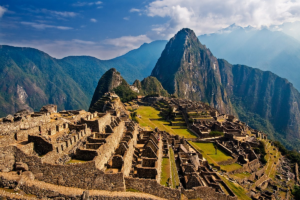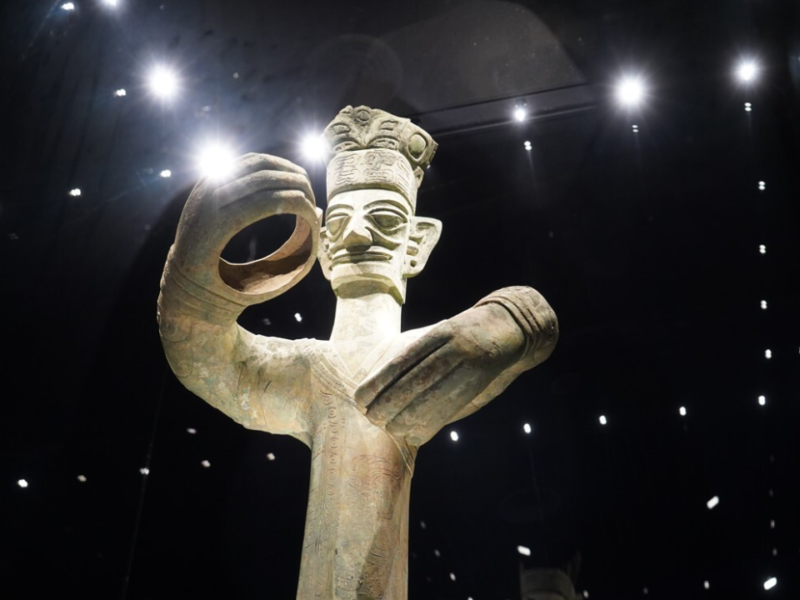3. Machu Picchu: The Lost City Of The Incas

Nestled high up in the misty Andes Mountains of Peru, Machu Picchu stands as a testament to the ingenuity and architectural brilliance of the ancient Inca civilization. Often referred to as the “lost city of the Incas,” this awe-inspiring archaeological site has captivated the imaginations of explorers and historians alike.
Discovered in 1911 by the American explorer Hiram Bingham, Machu Picchu instantly became a symbol of mystery and wonder. Its remote location and the fact that it remained hidden from the Spanish conquistadors during their conquest of the Inca Empire only adds to its enigmatic allure.
Walking through the stone pathways and terraces of Machu Picchu, one can’t help but be amazed by the sheer grandeur of this ancient city. The precision with which the stones were cut and fitted together, without the use of mortar, is a testament to the Inca’s advanced engineering skills.
The purpose of Machu Picchu remains a subject of debate among archaeologists. Some believe it served as a sacred site, a retreat for Inca rulers, or even a center for astronomical observations. The intricate network of agricultural terraces and water channels suggests that it was a self-sustaining city, capable of supporting a significant population.
What adds to the mystique of Machu Picchu is the fact that it was abandoned and left to be reclaimed by nature. Whether it was due to the Spanish conquest, a plague, or some other unknown reason, the Incas left behind this magnificent city, leaving us to unravel its secrets centuries later.
Today, Machu Picchu stands as one of the most iconic archaeological sites in the world and a UNESCO World Heritage site. Its breathtaking beauty, cultural significance, and historical importance continue to attract visitors from all corners of the globe, eager to unravel the enigma that is Machu Picchu.






